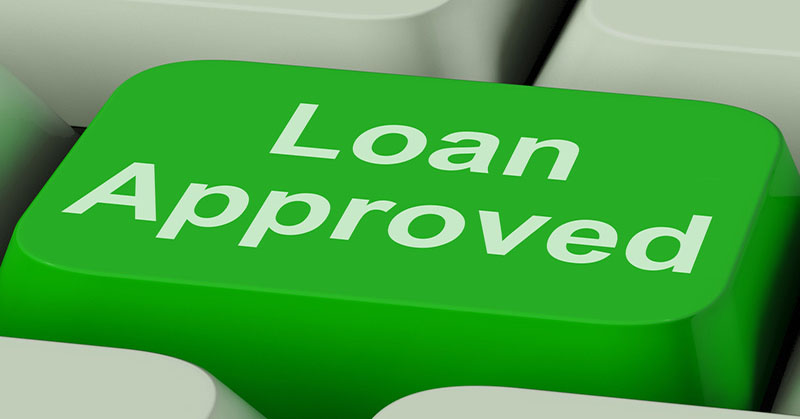One of the most common errors I see when reviewing business valuation reports is the treatment of shareholder loans. It happens often when the valuer isn’t a qualified accountant. To me it’s an error in common sense. Here’s why…

When valuing a company it is important to understand that it’s a two-stage process. Stage one is to value the business including just the assets and liabilities strictly necessary to operate the business.
Stage two is to add and subtract the other assets and liabilities of the company. These assets and liabilities have little to do with the business operations and are specifically to do with the company as a legal owner of other things.
Shareholder loans (amongst many other assets and liabilities) are almost always adjusted on top of the value of the core business to work out the value of the whole company. A loan owing to the company by a shareholder is an asset of the company and gets added on. A loan owing to the shareholder is a liability of the company and gets subtracted. Pretty straightforward isn’t it?
The reason that people get confused is because they often don’t see loans to and from shareholders in private companies as real loans. This is a mistake.
The recoverability of the loans is a legal matter and you should seek legal advice. This question needs to be asked…”if an unrelated party was to take ownership of all the shares in the company today would they be entitled to call in the loans in the case of an asset or obligated to pay them in the case of a liability?
The problem is that most people have never thoughts about the loans in this way. How do you think a liquidator would see it? Do you think they would rub their hands together and get excited about calling those loans in to pay creditors and themselves? I’m betting they would say they are real loans.
Apart from this issue about whether the loan are real or not, there is also the subsequent treatment of those loans from the individual’s perspective. This is particularly relevant for family law or divorce business valuations. If the value of the company has been increased for a loan account owed by a shareholder, then that loan is logically a personal liability of the individual. So two things happen simultaneously: the value of the company’s shares go up and the value of the individual’s personal net wealth goes down. In some cases this can be perfectly offsetting.
This could mean that the value of the loans is irrelevant as the overall marital asset pool may be the same if the loans were there or not at all due to the offsetting effect. But this only happens in very limited circumstances and only if the business structure is very simple without any outside parties involved. Every business valuer has a different way of doing things. Read the report properly and don’t assume anything.
The lesson: Take the time to think about whether the loans shown on the balance sheet are real loans and if they are, how are they treated in the value of the company and in the net wealth calculations of the individuals affected.
If in doubt ask the business valuer. If they can’t explain it…find another business valuer!
Follow me on facebook, linkedin, twitter and google+ for more.

